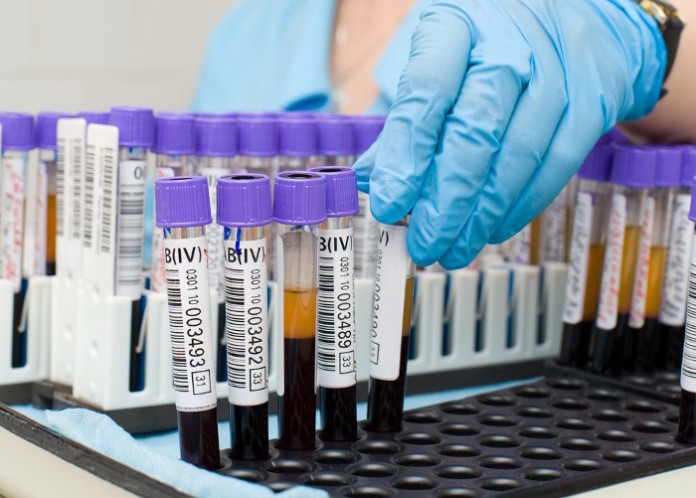The laboratory has a key role in ensuring that testing strategies add value and do not contribute to adverse patient outcomes. This session will review the ways in which laboratory medicine impacts patient outcomes, review practical strategies for increasing the added value of laboratory information, and offer a vision of a future state in which laboratory medicine is used effectively to support patient care and improve patient safety.
Diagnostic error is the leading cause of medical malpractice in the US and is estimated to cause 40 000 – 80 000 deaths annually (1). The Institute of Medicine (IoM) will publish a report on Diagnostic Error in Healthcare in the fall of 2015, which will offer recommendations to reduce diagnostic errors such as misdiagnosis, missed diagnosis, and delayed diagnosis. Diagnostic testing has been shown to have a major influence on misdiagnosis leading to malpractice suits (2), and it is clear that the laboratory has a vital role in reaching a correct diagnosis and enabling appropriate management – optimum use of testing improves patient outcomes while misutilization results in poorer patient outcome (3). This session will examine the evidence for the value of laboratory testing and the ways in which testing-related diagnostic errors arise, and will review deficiencies in the current delivery of laboratory medicine. It will describe ways to improve the physician interface (test ordering and interpretation) (4) and present practical ways in which laboratories can present, deliver and analyse their data to improve patient outcomes.
References:
- Society to Improve Diagnosis in Medicine. wwwimprovediagnosis.org/?
DiagnosticErrorAware - Gandhi TK, Kachalia A, Thomas EJ et al. Missed and delayed diagnoses in the ambulatory setting: a study of closed malpractice claims. Ann Intern Med 2006; 145: 488-496
- MJ, Epner PL, Ebert C et al. Current Evidence and Future Perspectives on the Effective Practice of Patient-Centered Laboratory Medicine. Clin Chem 2015; 61: 589-599.
- Freedman DB. Towards better test utilization – strategies to improve physician ordering and their impact on patient outcomes. eJIFCC 2015; 26: 15-30.
Click here to download Dr. Hallworth’s presentation.
Source: AACC















































